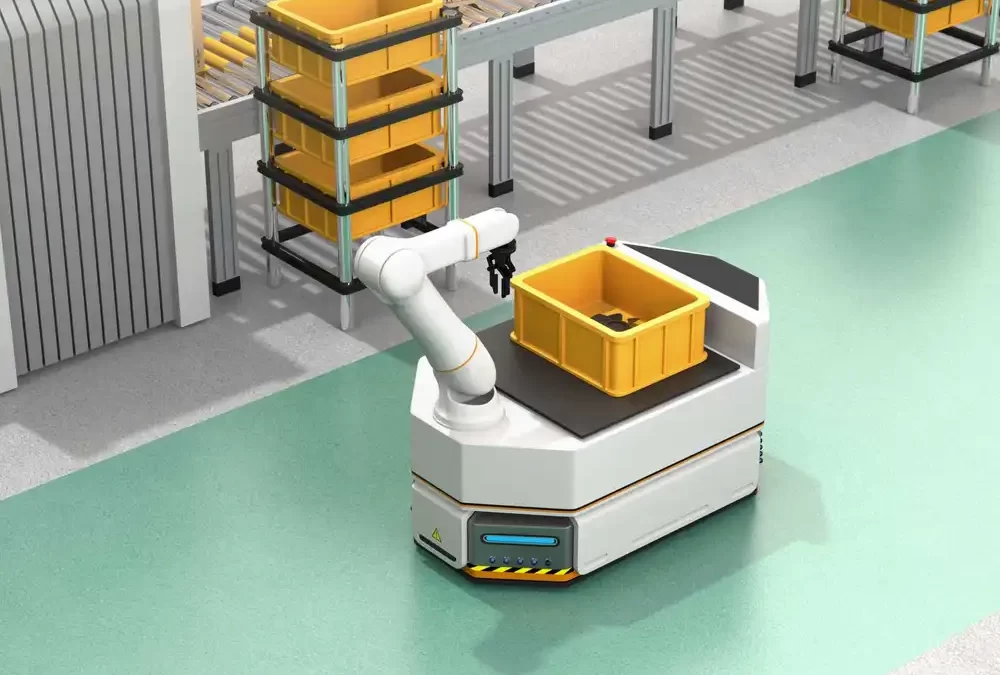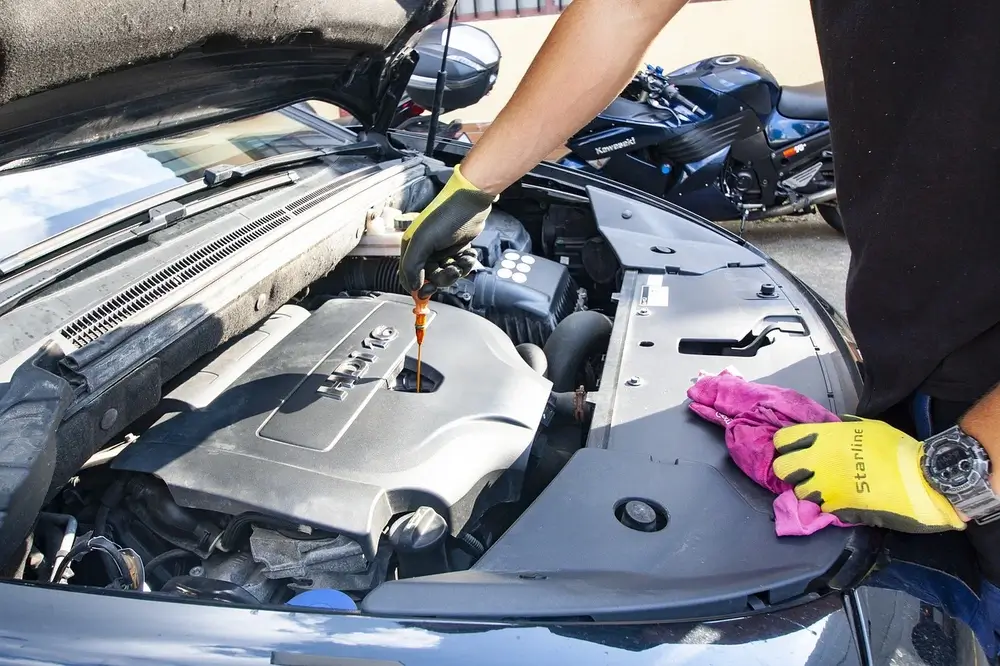
Automated Guided Vehicle: 5 Things People Should Know
Managers from many industries are becoming interested in AGVs, or Automated Guided Vehicles, because of their self-driving material handling solution. This is not alarming news because it is possible to adopt a safety protection, higher-quality navigation system, and autonomous material handling efficiency in the operations, resulting in ROI advantages and long-term operational.
Automated guided vehicles have become more popular in practically all industrial sectors due to the introduction of mobile robots throughout the world and initiatives to improve worker safety and productivity. In addition, according to a research report by Astute Analytica, the global Automated Guided Vehicle Market is likely to grow at a compound annual growth rate (CAGR) of 10.3% over the projection period from 2021 to 2027.
Things to think about before purchasing an AGV robot:
Should company workers be upskilled?
Labor shortages in inventory and logistics operations are a major factor in the use of AGV robots. Industry estimates indicate that the warehousing sector alone is experiencing a lack of close to 500,000 workers. AGVs can fill the labor shortage caused by a lack of available workers.
The addition of automated vehicles to the shop floor may result in a considerable change in how the company facility now functions, depending on where people are at this time. Your operators will benefit from this as they are already accustomed to the technology; but, with other AGV systems, they will need training that focuses on the particulars of the new robot. Although there may need to be adjustments made, the procedures and workflows at the plant will improve.
In a factory that has never had any type of automated equipment, a considerably more significant upskilling effort would be anticipated if not taking gradual steps toward automation. The introduction of autonomous technologies to their personnel must be gradual. They should only be instructed on the intricacies of a new robot after having a good grasp of the fundamentals. A smart move is to work with workforce experts who know of autonomous technologies.
Which is the best navigational technology?
AGVs need a precise means of movement to operate at their best. As a result, one of the most crucial choices when choosing an AGV robot is the navigation technology.
There are some navigation options available, including:
Magnetic Spot: The facility’s floor is covered with metallic magnetic pucks. Once more, the AGV is equipped with a sensor that enables it to follow the magnetic spot’s line of travel.
Laser Guidance: The AGV’s memory contains a map of the facility area. AGV-detectable reflective strips and several fixed reference points must also be installed in the facility. They triangulate their present location and destination using lasers.
GPS Navigation: AGVs use GPS satellites to find their way along a path. Due to its poor precision, GPS is typically only utilized outside and has a limited application on interior shop floors.
Which AGV robot type do people require?
AGVs come in a wide variety of designs, so pick the best one for people’s requirements. The important factors they should think about are as follows:
- The frequency of travel
- The implementation price
- What kind and how much of a load has to be moved
- The configuration of company space
- Dimensions and stability of materials to be travel
It is significant to highlight that there are various kinds of AGVs available, including:
Towing AGV: They don’t carry the load themselves; instead, they tow carts or pallets that do. When transportable products arrive in wheeled carts, this is appropriate.
Forklift AGV: In warehouses, these robots will take the role of forklifts driven by people. They can locate where the pellets need to go and which ones need to be shifted.
Unit Load AGV: They are intended to transfer a single unit of material. One illustration is an AGV created especially to move a single roll of aluminum sheet.
What auxiliary technologies do persons employ?
Every piece of property and machine at a facility ought to be able to speak with one another. People facilities’ current digital infrastructure and the new autonomous guided vehicles’ software, hardware, and communication layer ought to function together seamlessly.
In a perfect world, the data from their AGV would also be compatible with the manufacturing execution system (MES) and enterprise resource planning (ERP) they employ to run their business.
Do people want to automate?
The necessity of automated material handling and the potential cost of not adopting it should be the main factors to be examined. They must respond to inquiries throughout this phase, including:
- How long will it take AGV robots to break even?
- Do persons know of a use case that calls for the utilization of AGVs?
- What effects will AGVs have on workers?
- What is the transportable load?
These factors will help people decide how to integrate AGVs into their operations and win everyone over.



